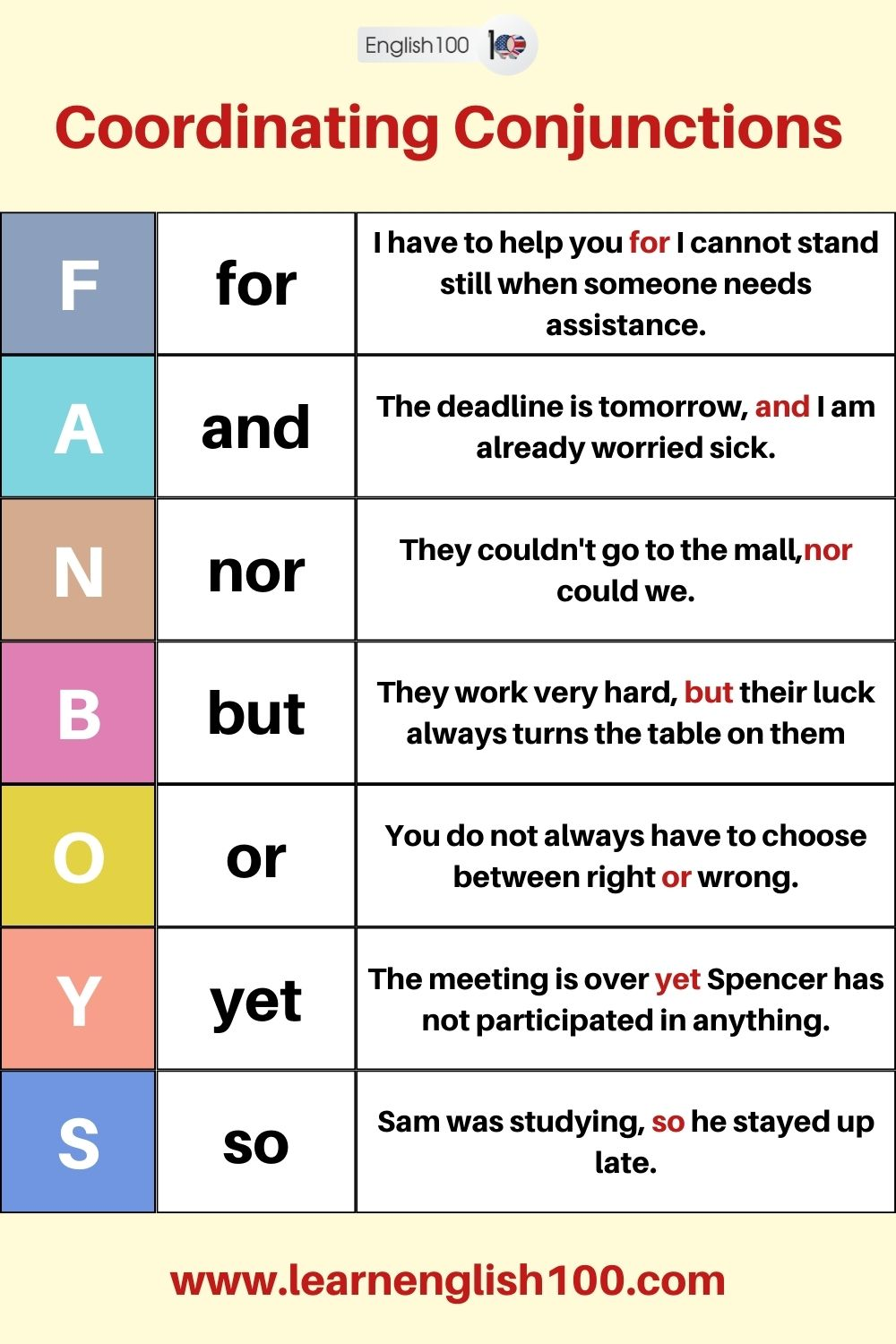Conjunctions are an essential part of the English language, as they help connect words, phrases, and clauses to form meaningful sentences. They serve as the glue that holds sentences together, allowing for a smooth flow of ideas and thoughts. There are various types of conjunctions that serve different purposes in a sentence, each playing a crucial role in conveying the intended message.
1. Coordinating Conjunctions:
Coordinating conjunctions are used to connect words, phrases, or clauses that are of equal importance within a sentence. The most common coordinating conjunctions are “and,” “but,” “or,” “nor,” “for,” “so,” and “yet.” These conjunctions are used to join elements that are independent and do not depend on each other for meaning.
2. Subordinating Conjunctions:
Subordinating conjunctions are used to connect an independent clause with a dependent clause, creating complex sentences. Examples of subordinating conjunctions include “although,” “because,” “if,” “since,” “when,” and “while.” These conjunctions establish a relationship between the main clause and the subordinate clause, indicating the nature of their connection.
3. Correlative Conjunctions:
Correlative conjunctions are used in pairs to connect words, phrases, or clauses that are of equal importance. Examples of correlative conjunctions include “either…or,” “neither…nor,” “both…and,” “not only…but also,” and “whether…or.” These conjunctions work together to emphasize the relationship between the connected elements in a sentence.
4. Conjunctive Adverbs:
Conjunctive adverbs are transitional words that connect independent clauses and show the relationship between them. Examples of conjunctive adverbs include “however,” “therefore,” “consequently,” “furthermore,” and “nevertheless.” These adverbs are used to indicate contrast, cause and effect, addition, or other relationships between ideas in a sentence.
Overall, conjunctions play a vital role in sentence structure by connecting different elements and organizing ideas in a coherent manner. By understanding the various types of conjunctions and their functions, writers can effectively convey their thoughts and arguments in a clear and concise manner.
